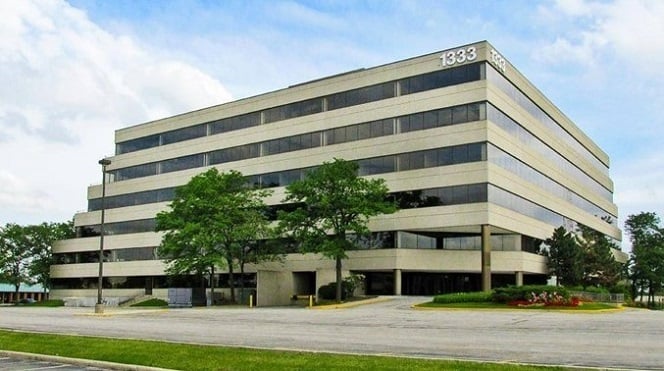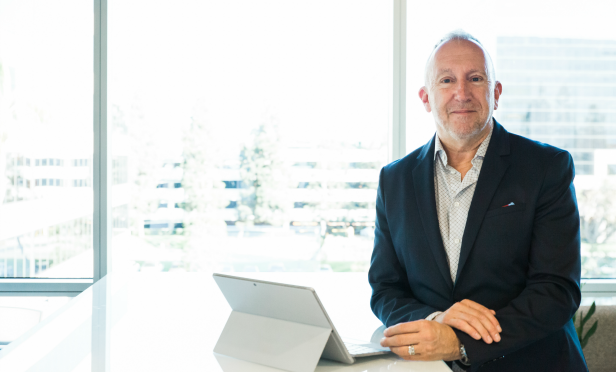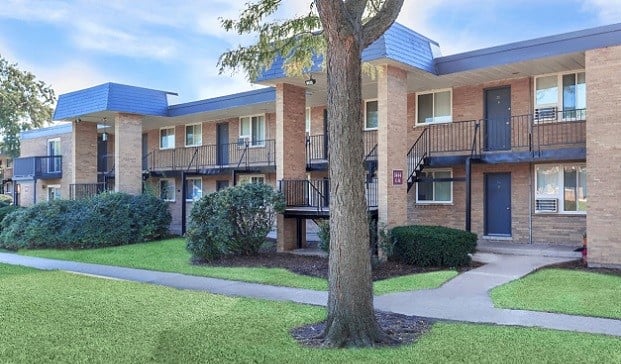All property owners should pay close attention to the condition of their roof. Hazards on the roof can create significant risks for workers performing inspections and repairs, and neglecting proper maintenance of the roof can result in costly damage. Property owners should have the practices and policies in place to actively ensure the safety and long-term integrity of their roof, which includes routine maintenance, the implementation of appropriate safety measures, and ensuring proper training for qualified professionals who access the roof.
In order to protect against significant costs and the risks and liabilities that unsound roofs can create, property owners must proactively assess and address any potential issues before they cause costly damage and accidents.
Risky Roofs – What to Look Out For
Partner's building science team inspects thousands of roofs during property condition assessments every year, and unfortunately we see safety and integrity issues far too often. These issues pose risks for our and other contractors' workers, and can also cause the need for expensive repairs if not addressed preemptively. From our perspective, these are some of the issues and malpractices of greatest concern:
- Weather conditions most commonly create damage to roofs. This includes impacts from foreign objects blown into roofs during storms, expanding and contracting materials as a result of snow, frost or extreme heat, and rain leading to water intrusion causing materials to rot.
- Slip hazards may be caused by rain, snow and ice as well as leaves, pebbles, stray tools, and loose debris left on the roof.
- Old or poorly maintained properties may present health and safety risks due to neglected electrical equipment exposed on the roof or contact with toxins such as asbestos and lead.
- Worker neglect may also contribute to the deterioration of roofs. Walking on vulnerable surfaces causes wear and tear, jumping down from small heights exerts additional pressure that the roof may not withstand, and dropping tools or chemicals may puncture or otherwise deteriorate the integrity of roof systems and surfaces.
Who is Liable for Such Issues?
These issues may cause damage requiring expensive repairs, but property owners should also consider another issue when it comes to maintaining the condition of their roof: liability. Who is liable for accidents resulting from an unsound roof? To what extent is the property owner responsible for a 3rd party contractor's safety?
Generally speaking, OSHA will consider the roof to be a “multi-employer worksite”, where the property owner and the contractor may both be cited for “hazardous conditions.” OSHA's liability policy states that an employer, including a general contractor, who “creates or controls a worksite safety hazard, may be liable for violations even if the employees exposed to the hazard are solely employees of a different employer.”
Specifically, OSHA states that the physical condition of the roof is the responsibility of the property owner, while the on-site behavior of workers is the responsibility of the contractor. However, since worker-inflicted damage is one of the key causes of structural deterioration and physical hazards, the two are intertwined and liability falls on both. This stresses the importance of working with well-established contractors who have the procedures in place to minimize on-site hazards. A thorough assessment of internal safety policies and workers' safety certifications (such as OSHA) should be part of your due diligence process in selecting a contractor to perform inspections or repairs.
Key Steps To Roof Integrity and Safety
So what are the maintenance and safety procedures you should follow to extend the life-span of your roof, prevent costly repairs, ensure workers safety, and protect yourself against liabilities?
- Regular roof inspections will allow you to identify and repair potential issues before they become a real concern. Regular preventative maintenance is critical to extending the useful life of the roof, and may also be a requirement for any existing roof warranty. These inspections should closely examine trouble-spots, such as seams and penetrations. Property owners should ensure the quality of all repairs and replacements by specifying that high-quality materials be used and monitor ongoing work to ensure installation according to the recommendations of the manufacturer.
- A wide range of temporary and permanent safety measures may be implemented to effectively reduce the risk and impact of slips and falls. Depending on the condition of the roof and work being performed, this may include dedicated walkways, rooftop anchors, safety nets and posts, grab bars, protective railings, and walls.
- The property owner should ensure that the contractor has the internal policies and procedures in place to control risks. First and foremost, it is critical that everyone who will access the roof is qualified and competent, which OSHA defines as “an individual who is capable of indentifying existing and predictable hazards in the surroundings or working conditions which are unsanitary, hazardous or dangerous to employees and who has authorization to take prompt corrective measures to eliminate them.” Safety and fall protection training as stipulated by OSHA will ensure workers are able to recognize, evaluate, and follow procedures to minimize accidents caused by hazards. Workers should be required to wear appropriate safety gear, including hardhats and shoes with traction-soles. A hazards analysis which assesses the scope of the project, potential hazards, and addresses any safety concerns should be recorded for each job, and safety performance statistics should routinely be verified. Essentially, both the contractor and the property owner should create a culture of safety, which is engrained and enforced throughout all levels of staff.
Even with all these precautions, accidents can happen and a comprehensive contingency plan for dealing with incidents should be in place. Extensive guidance on best practices for roof safety can be found on the OSHA website, and an engineering consultant or roof specialist may provide specific advice on how to best implement maintenance and repair practices for extending the life of your roof. A proactive approach –roof maintenance, the installation of safety measures, and the selection of contractors with sound safety records – is the best option for property owners to ensure the long-term performance of their roof and create a safe work environment. The short of it is that upfront investments to ensure the safety and integrity of your roof will save big on costly repairs and liability issues in the long run.
Want to continue reading?
Become a Free ALM Digital Reader.
Once you are an ALM Digital Member, you’ll receive:
- Breaking commercial real estate news and analysis, on-site and via our newsletters and custom alerts
- Educational webcasts, white papers, and ebooks from industry thought leaders
- Critical coverage of the property casualty insurance and financial advisory markets on our other ALM sites, PropertyCasualty360 and ThinkAdvisor
Already have an account? Sign In Now
*May exclude premium content© 2025 ALM Global, LLC, All Rights Reserved. Request academic re-use from www.copyright.com. All other uses, submit a request to [email protected]. For more information visit Asset & Logo Licensing.








